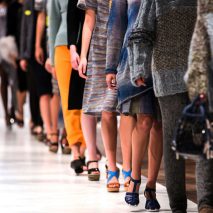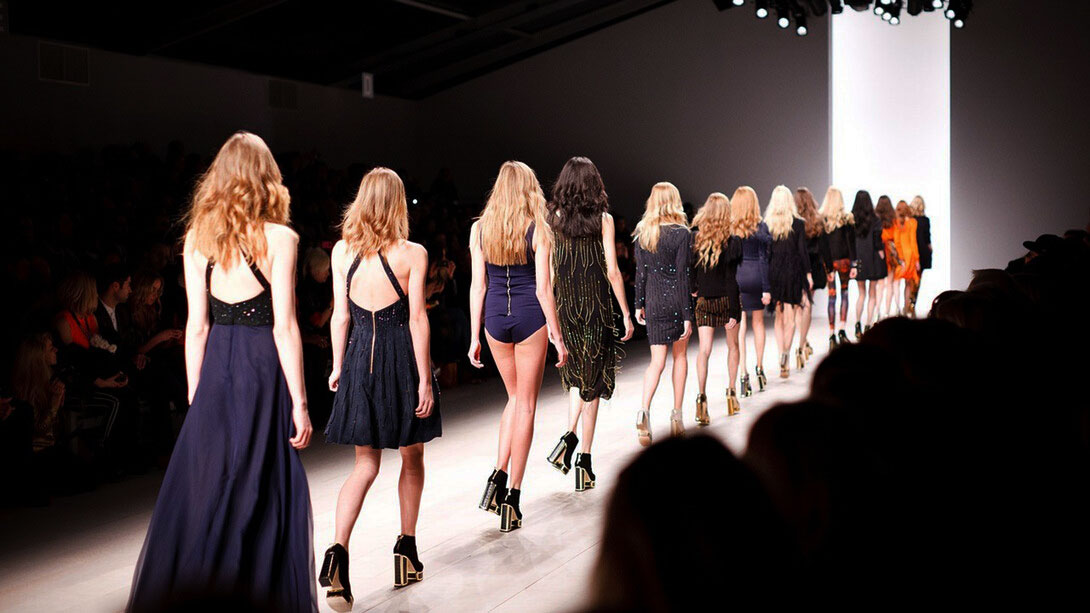
The first half of 2025 will be remembered as one of the most turbulent and transformative periods in the history of luxury fashion. A wave of leadership changes has swept across the biggest houses of France, Italy, and Spain, reshaping the creative map of the industry. From Paris to Milan and Madrid, the replacement of long-standing figures with new visionaries signals a generational shift in how luxury will look, feel, and be consumed in the years to come.
Such a turn of events was difficult to imagine, but it will undoubtedly affect not only fashion but also related industries. In betting, such changes have come at a very opportune moment against the backdrop of the growing popularity of so-called ‘style bets’. Any bookmaker hors ARJEL, described on the Creney FC website, have already picked up on the curiosity surrounding the changes in French fashion houses and reflected this in their betting offers.

The Major Moves in Creative Leadership
- Dior (France): Jonathan Anderson was appointed the first-ever sole creative director in the house’s history, taking responsibility for men’s, women’s, and haute couture lines. This unprecedented consolidation of power underscores LVMH’s trust in his multifaceted vision.
- Loewe (Spain): Following Anderson’s departure to Dior, Jack McCollough and Lazaro Hernandez of Proenza Schouler were appointed co-creative directors of Loewe in April 2025. Their arrival bridges American innovation with Spanish craftsmanship.
- Proenza Schouler (USA): Founders Jack McCollough and Lazaro Hernandez departed after 23 years, coinciding with their appointment at Loewe.
- Gucci (Italy): In one of the most surprising twists, Demna Gvasalia, formerly Balenciaga’s radical provocateur, was named artistic director at Gucci, starting July 2025.
- Balenciaga (France/Spain): Pierpaolo Piccioli stepped in to replace Demna, closing one of the most controversial eras in Balenciaga’s history and opening the door to a more romantic, Valentino-like aesthetic.
- Valentino (Italy) – in 2025 the house was entrusted to Alessandro Michele, former Gucci designer, who gained full creative freedom following the departure of Pierpaolo Piccioli, creative director since 2008, and Jacopo Venturini, chief executive officer.
- Marni (Italy): Belgian designer Meryll Rogge replaced Francesco Risso, promising to combine Marni’s quirky DNA with her minimalist sensibilities.
- Versace (Italy): After decades at the helm, Donatella Versace stepped down, passing the torch to Dario Vitale. His appointment marks a symbolic generational shift at one of Italy’s most iconic houses.
- Prada (Italy): Gianfranco D’Attis left his role as CEO in late June 2025, with Andrea Guerra stepping in on an interim basis. Although this change is managerial, it signals a recalibration of strategy at Prada Group.
- Chanel (France): Matthieu Blazy, formerly at Bottega Veneta, took over as artistic director, reinforcing Chanel’s modernist ambitions.
- Bottega Veneta (Italy): Louise Trotter replaced Matthieu Blazy, adding a sharper, more structured perspective to the Italian house’s identity.
- Maison Margiela (France): Glenn Martens succeeded John Galliano, promising a new experimental phase while maintaining the house’s avant-garde codes.
- Givenchy (France): Sarah Burton, appointed in late 2024, made her debut at Paris Fashion Week in March 2025. Her collection paid homage to Hubert de Givenchy’s 1952 heritage while reimagining it with contemporary boldness.
The Industry Impact
The convergence of these shifts across Italy, France, and Spain reflects broader dynamics shaping the luxury sector. First, the houses are seeking to streamline creative control — exemplified by Dior’s decision to entrust every line to a single designer. Second, the reshuffling highlights the globalization of talent: Belgian, American, and British designers are now leading houses once defined by strictly national identities. Third, these changes also reflect the industry’s appetite for fresh commercial strategies, as luxury adapts to shifting consumer behaviors, from digital-first shopping to demands for sustainability.
For Italy, the replacements at Gucci, Prada, Marni, Versace, and Bottega Veneta signal nothing less than a wholesale reinvention of the country’s fashion leadership. France sees Dior, Chanel, Balenciaga, Margiela, and Givenchy reimagining their DNA simultaneously. Spain, through Loewe, underscores the blending of global aesthetics with heritage craft. Together, these transformations suggest that the luxury capitals of Europe are entering a new, less predictable era — one that, much like betting markets, thrives on risk, speculation, and bold wagers.















